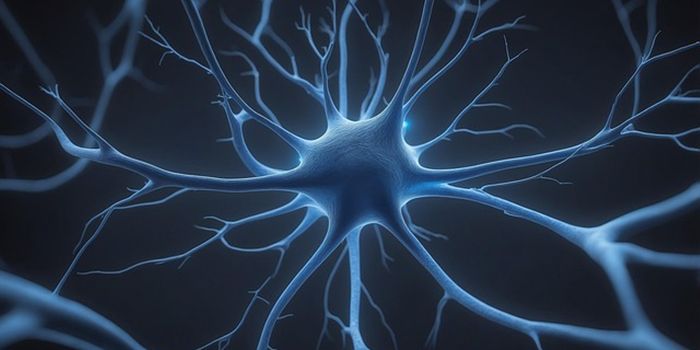Monkeys More Responsive to Hyper-Realistic Animations of Monkeys
Video: More about Uncanny Valley Syndrome from MOCH it.
Rhesus macaques are a species of monkey often used in behavioral and neurophysiology research, but this research is hard to reproduce because the monkeys are skeptical of CG-made monkey avatars used to elicit a behavioral response. The avatars are not standardized, so the quality of the image and movement, if the avatar is dynamic at all, ranges. The main concern in this research is "Uncanny Valley Syndrome," which means monkeys accept avatars that look nothing like the monkey, or a lot like the monkey, but mid-quality avatars are creepy and avoided. Furthermore, previous research has only made still avatars, not dynamic animations, adding to the animals' skepticism. Researchers at the University of Tübingen set out to find the most engaging type of avatars for Rhesus macaques and to set a standard for future behavioral experiments.
The researchers created five monkey graphic types resembling Rhesus macaques, each type with four different facial expressions. The avatar types range from a wireframe avatar, grayscale, furless, naturalistic, and finally, a real monkey face. The facial expressions included neutral, fear, lip-smacking (a friendly/submissive communication), and threat. Eight Rhesus macaques monkeys were shown the full range of avatar types and expressions, in still and moving forms.
The monkeys would look at the wireframe animation, realistic animation, and real monkey avatar, but avoided avatars in the middle of the spectrum- grayscale and neutral-colored avatars. This result affirmed that monkeys experience Uncanny Valley Syndrome because they will look at the avatars of least and most resemblance, but not the avatars with some similarity. Humans have the same reaction to animations of humans that are familiar enough to think it's a human, but dissimilar enough to be eerie. The researchers show that with hyper-realistic avatars, they can overcome monkeys' discomfort with monkey avatars.
Naturalistic and hyper-realistic avatars, elicited lip-smacking from the monkeys, while the furless grayscale and neutral avatars elicited a fear-grin. The monkeys were not concerned with the wireframe avatar, most likely because they did not recognize it as a monkey at all.
Reaction to the animations depended not only on the quality of the avatar. Other factors included whether the image was still or dynamic, what face the avatar was making, and the social standing of the monkey. Dynamic avatars were much more interesting than still avatars, and important social cues from the avatar, like a dynamic threatening open mouth, held the monkey's attention more thoroughly than a dynamic lip-smacking.
However, only three of the eight monkeys had strong reactions to the high-quality, dynamic animations, and all three were dominant monkeys. Additionally, these three monkeys had not been shown CG avatars before, while the other five had. It is unclear how much of a role these factors played in the results, but further experimentation will consider these factors.
Rhesus macaques are a common model for behavioral and neurophysiological research. Standardized, highly realistic, dynamic avatars will make this research reproducible and increase confidence in findings.
Sources: SciTechDaily, Siebert et al.








